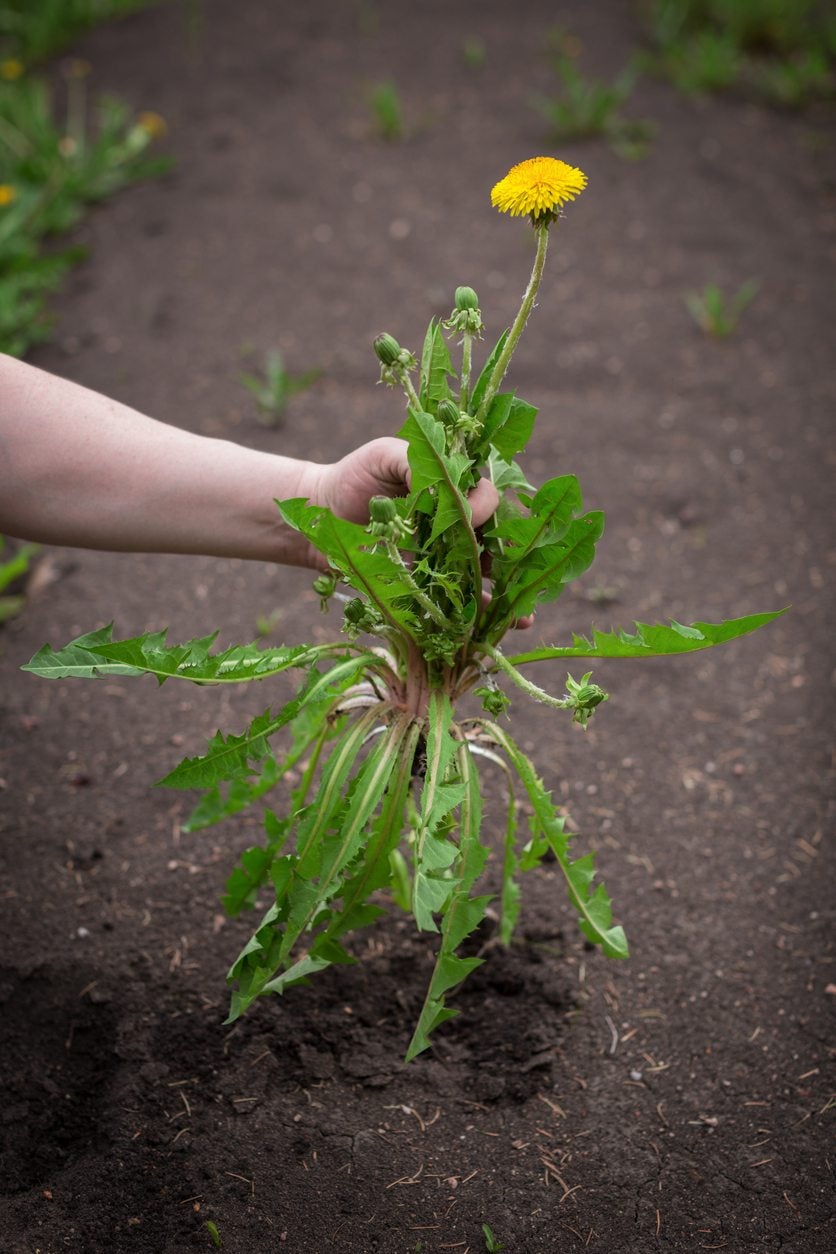Dealing With Common Zone 5 Weeds – Tips On Controlling Cold Climate Weeds


Most weeds are hardy plants that tolerate a wide range of climates and growing conditions. However, common zone 5 weeds are those that are tough enough to withstand winter temperatures that dip down to -15 to -20 degrees F. (-26 to -29 C.). Read on for a list of common weeds in zone 5 and learn about controlling cold climate weeds when they appear.
Common Weeds in Zone 5
Here are 10 types of cold hardy weeds most commonly found growing in zone 5 landscapes.
- Crabgrass (Annual, grass)
- Dandelion (Perennial, broadleaf)
- Bindweed (Perennial, broadleaf)
- Pigweed (Annual, broadleaf)
- Canada thistle (Perennial, broadleaf)
- Knotweed (Annual, broadleaf)
- Quackgrass (Perennial, grass)
- Nettle (Perennial, broadleaf)
- Sawthistle (Annual, broadleaf)
- Chickweed (Annual, broadleaf)
Weed Management for Zone 5
Controlling cold climate weeds is basically the same for anywhere else. Using an old-fashioned hoe or pulling weeds are tried and true forms of weed management for all USDA plant hardiness zones, including zone 5. A thick layer of mulch also helps keep weeds in check. However, if weeds have gained the upper hand, you may need to apply a pre-emergent or post-emergent herbicide. Pre-emergent herbicides – Cold weather doesn’t generally reduce the effectiveness of pre-emergent herbicides. In fact, spraying may be more effective in cold weather because many products become volatile in warmer weather, turning into a vapor that can damage nearby plants. An additional benefit of using pre-emergent herbicides in cold weather is that microorganisms are slower to break down herbicides in cold weather, which means weed control lasts longer. However, while falling snow or rain can help incorporate pre-emergent herbicides into the soil, it’s inadvisable to apply the products to frozen or snow-covered ground. Post-emergent herbicides – This type of herbicide is applied when weeds are already actively growing. Air temperature is a factor, as most post-emergent herbicides are most effective when the ground is moist, and temperatures are above 60 degrees F. (16 C.). Although the herbicides can be applied in cooler temperatures, control of most weeds is much slower. Pre-emergent herbicides are most effective if allowed to remain on the foliage for at least 24 hours, so be careful not to spray when rain or snow is expected.
Sign up for the Gardening Know How newsletter today and receive a free copy of our e-book "How to Grow Delicious Tomatoes".

A Credentialed Garden Writer, Mary H. Dyer was with Gardening Know How in the very beginning, publishing articles as early as 2007.